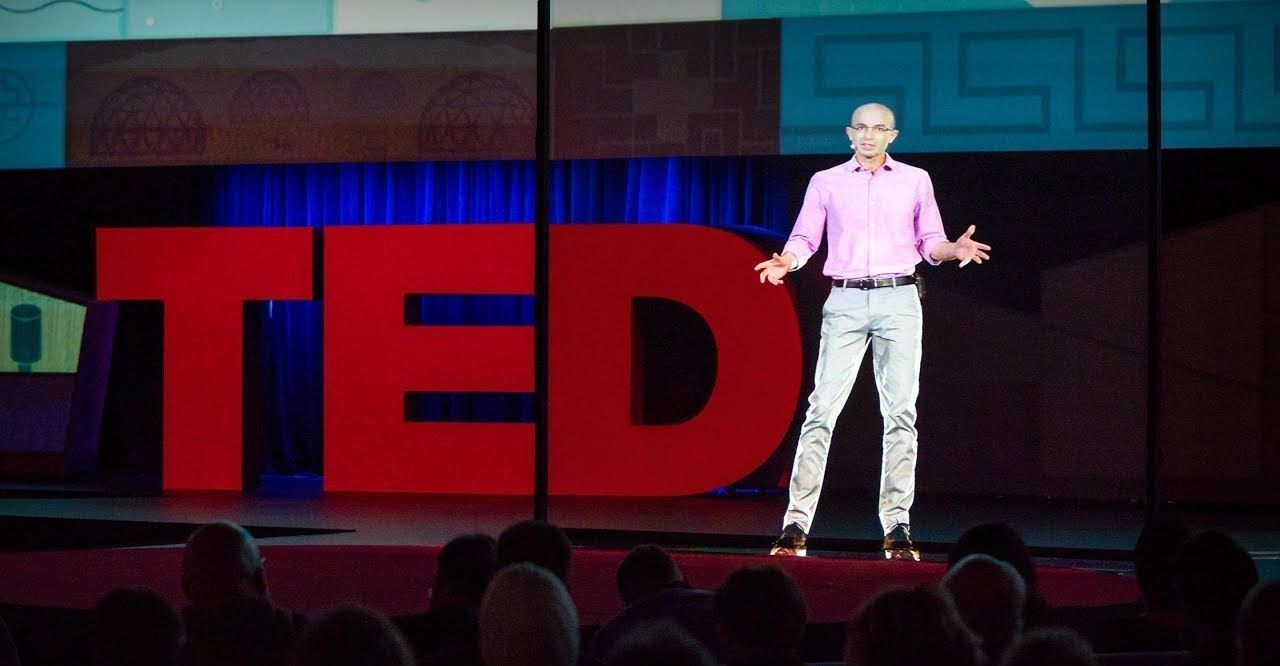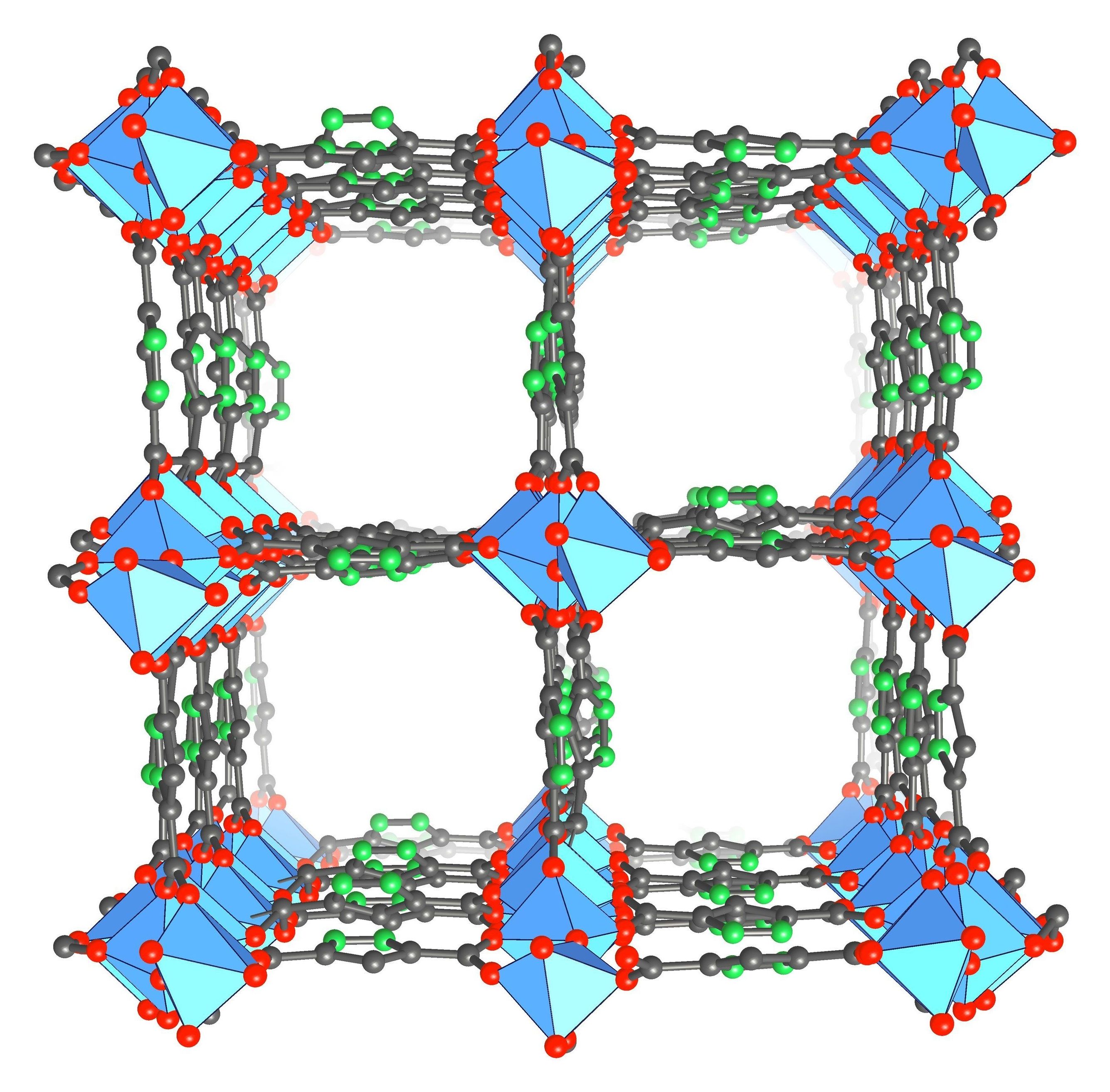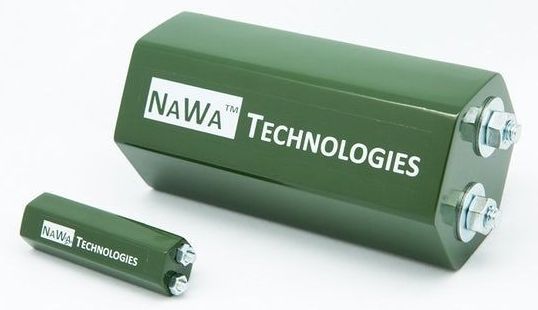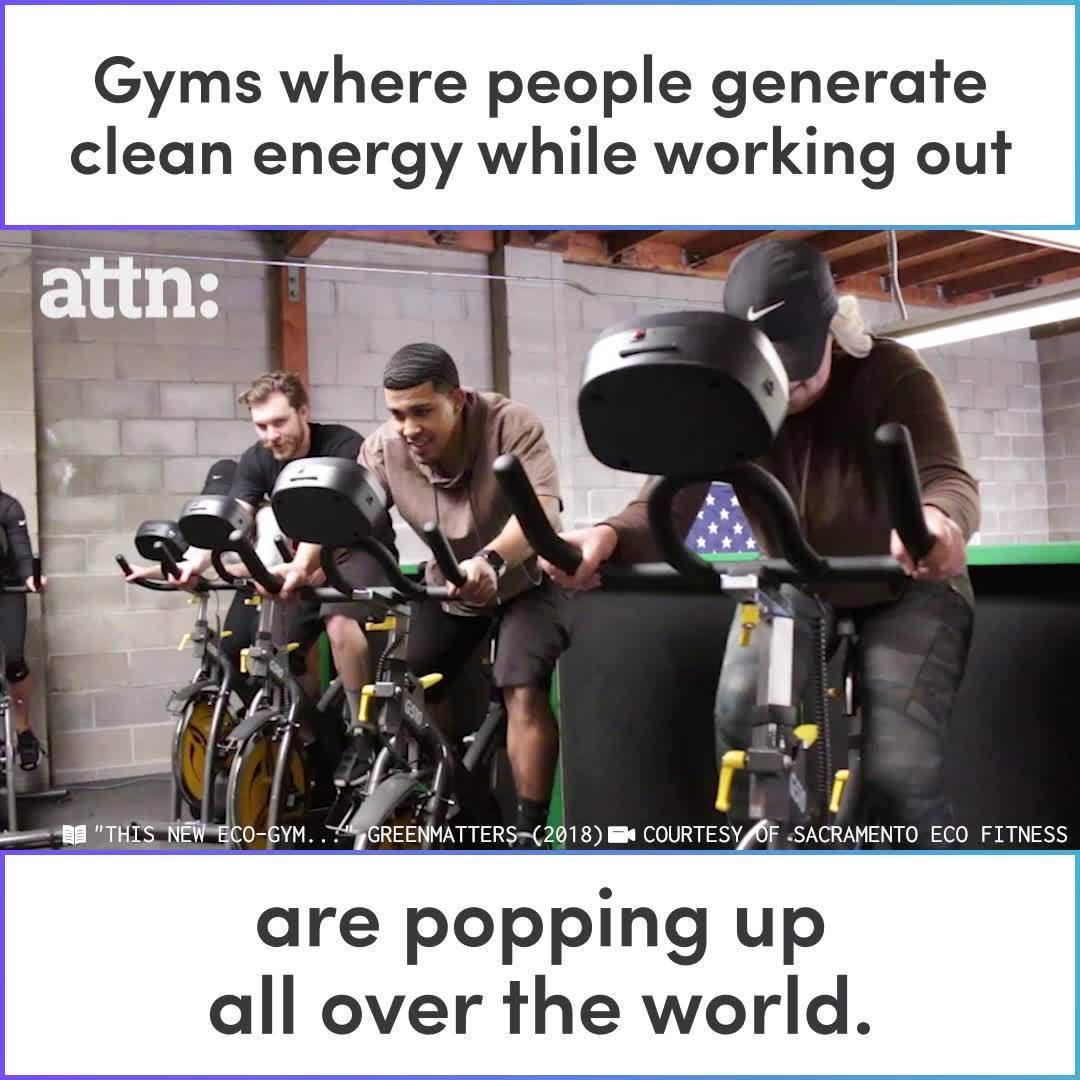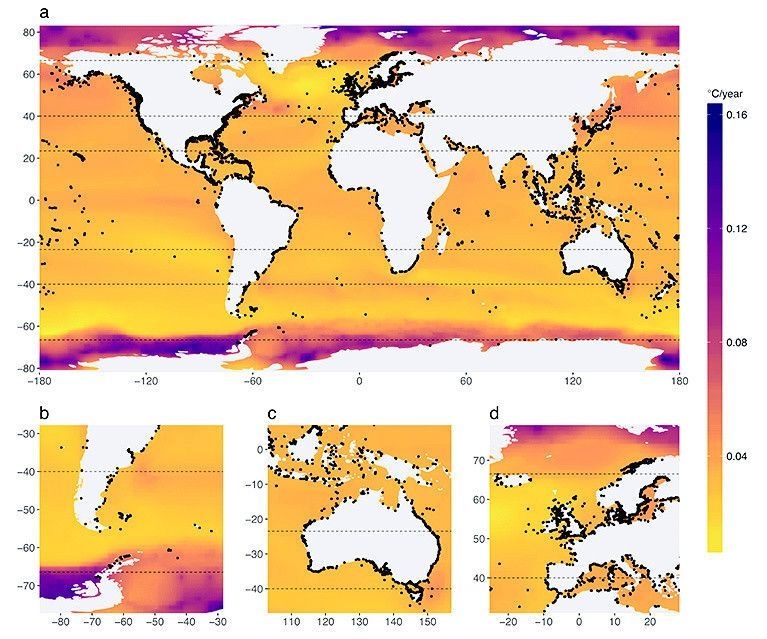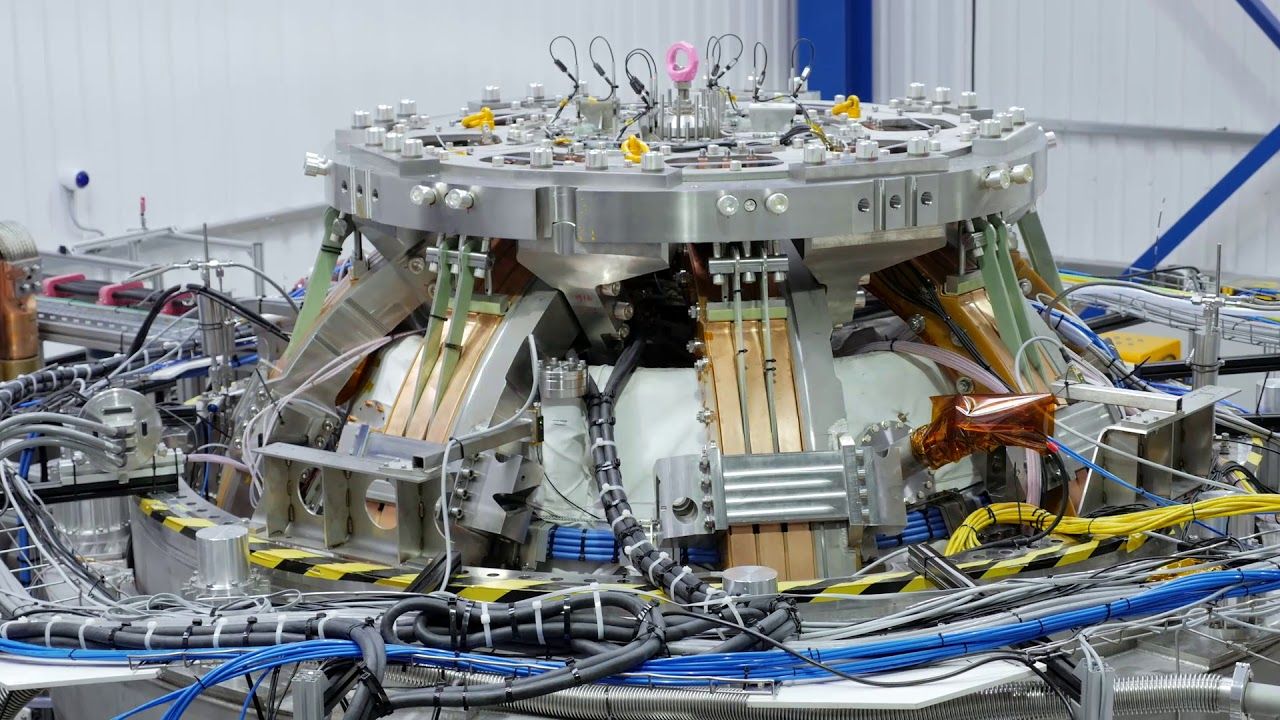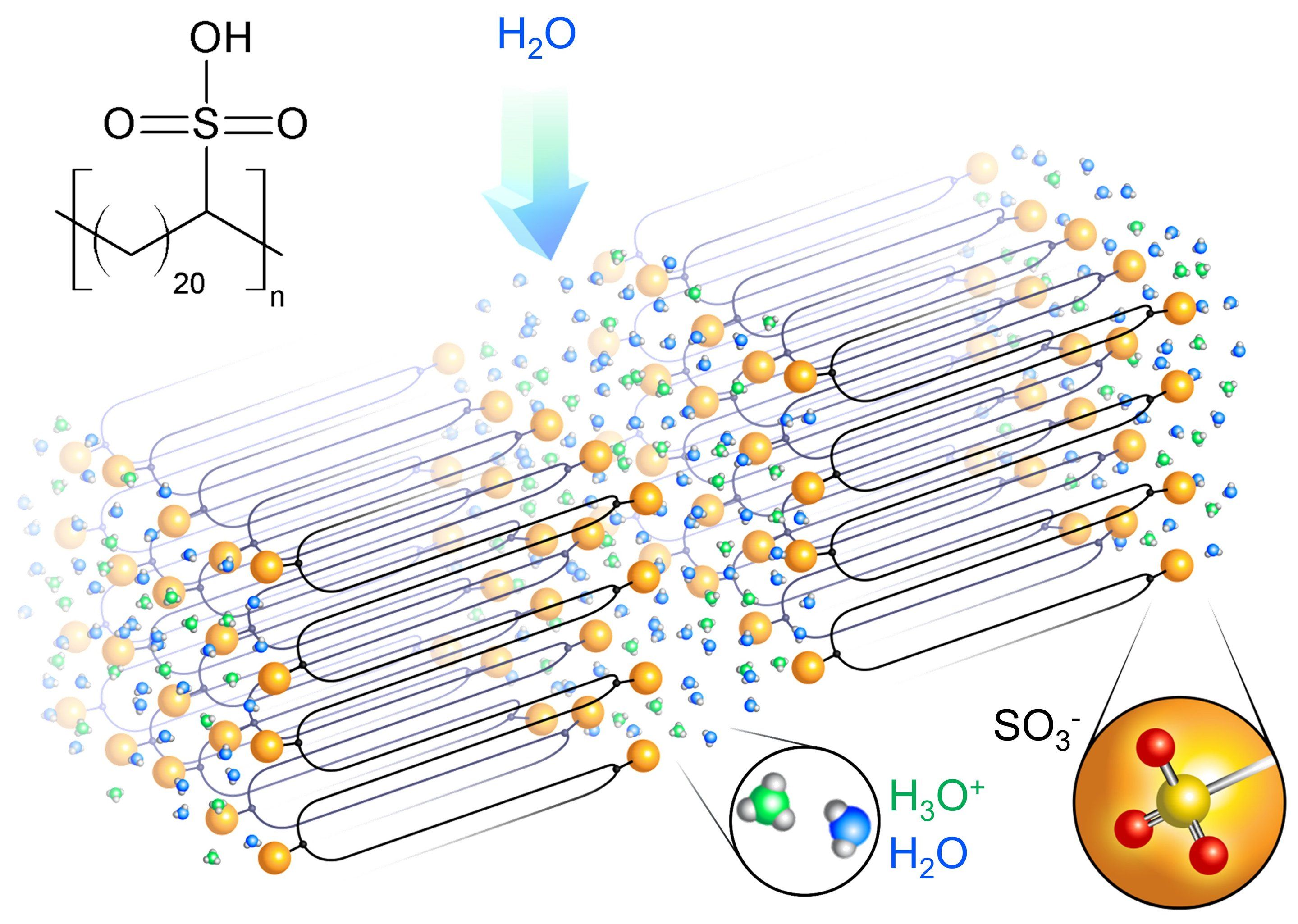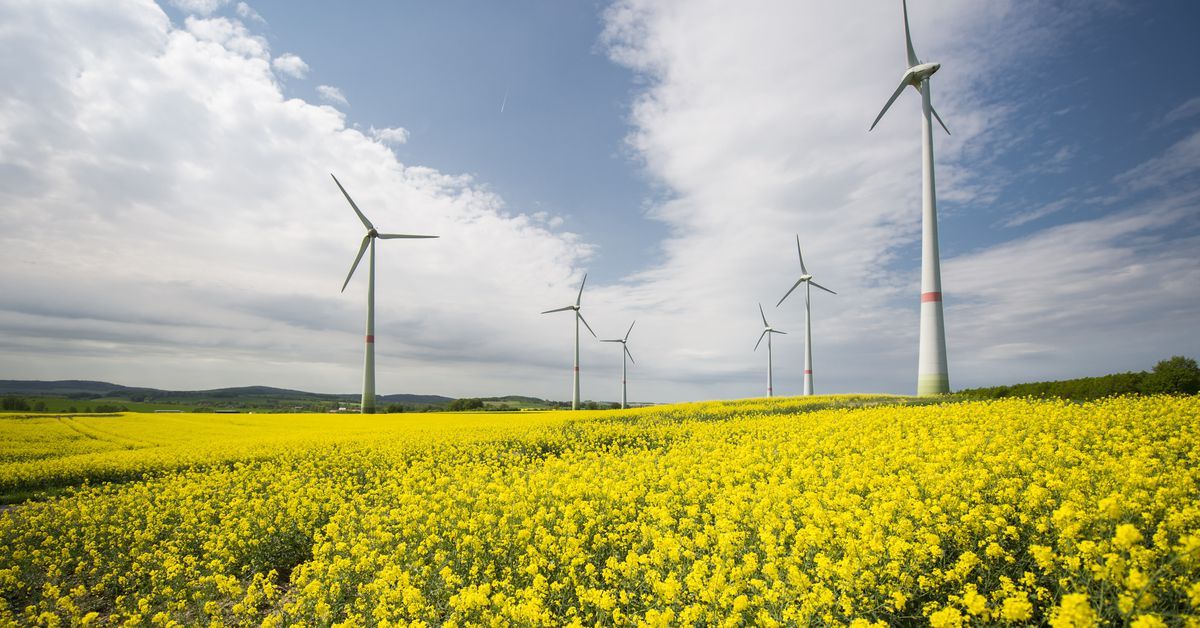In a profound talk about technology and power, author and historian Yuval Noah Harari explains the important difference between fascism and nationalism — and what the consolidation of our data means for the future of democracy. Appearing as a hologram live from Tel Aviv, Harari warns that the greatest danger that now faces liberal democracy is that the revolution in information technology will make dictatorships more efficient and capable of control. “The enemies of liberal democracy hack our feelings of fear and hate and vanity, and then use these feelings to polarize and destroy,” Harari says. “It is the responsibility of all of us to get to know our weaknesses and make sure they don’t become weapons.” (Followed by a brief conversation with TED curator Chris Anderson)
Check out more TED Talks: http://www.ted.com
The TED Talks channel features the best talks and performances from the TED Conference, where the world’s leading thinkers and doers give the talk of their lives in 18 minutes (or less). Look for talks on Technology, Entertainment and Design — plus science, business, global issues, the arts and more.
Follow TED on Twitter: http://www.twitter.com/TEDTalks
